
The Illustrated London News appeared first on Saturday 14 May 1842, as the world's first illustrated weekly news magazine. Founded by Herbert Ingram, it appeared weekly until 1971, then less frequently thereafter, and ceased publication in 2003. The company continues today as Illustrated London News Ltd, a publishing, content, and digital agency in London, which holds the publication and business archives of the magazine.
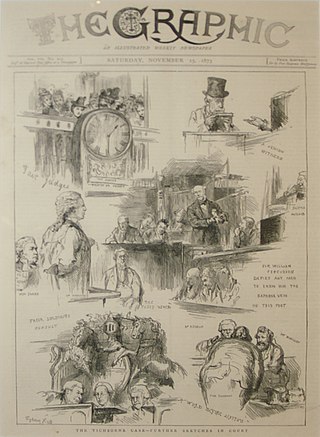
The Graphic was a British weekly illustrated newspaper, first published on 4 December 1869 by William Luson Thomas's company Illustrated Newspapers Ltd. Thomas's brother Lewis Samuel Thomas was a co-founder. The premature death of the latter in 1872 "as one of the founders of this newspaper, [and who] took an active interest in its management" left a marked gap in the early history of the publication. It was set up as a rival to the popular Illustrated London News.

Gordon Frederick Browne was an English artist and a prolific illustrator of children's books in the late 19th century and early 20th century. He was a meticulous craftsman and went to a great deal of effort to ensure that his illustrations were accurate. He illustrated six or seven books a year in addition to a huge volume of magazine illustration.

Edmund Joseph Sullivan (1869–1933), usually known as E. J. Sullivan, was a British book illustrator who worked in a style which merged the British tradition of illustration from the 1860s with aspects of Art Nouveau.

The Penny Illustrated Paper and Illustrated Times was a cheap (1d.) illustrated London weekly newspaper that ran from 1861 to 1913.

Ernest Prater (1864–1950) was a noted English artist and book illustrator, notable also for his work as a war correspondent and reportage artist during the Anglo-Boer War.
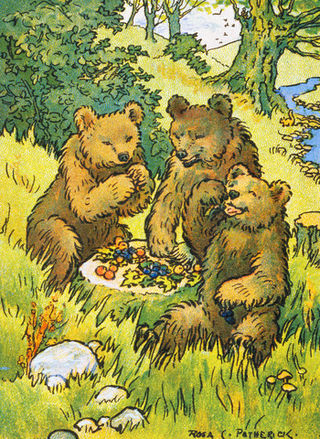
Rosa Clementina Petherick was a British book illustrator.
Lawson Wood, sometimes Clarence Lawson Wood, , was an English painter, illustrator and designer.

Frank Leslie's Illustrated Newspaper, later renamed Leslie's Weekly, was an American illustrated literary and news magazine founded in 1855 and published until 1922. It was one of several magazines started by publisher and illustrator Frank Leslie.
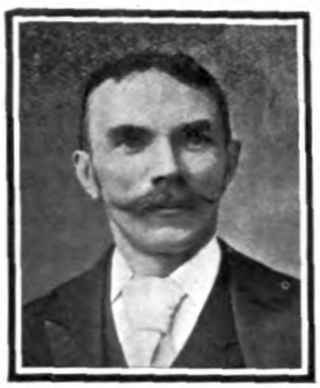
Frank Feller (1848–1908) was a Swiss artist who settled in England and made a career as an illustrator and painter. He was particularly well known as a painter of military scenes and as a painter of postcards.
Stanley Llewellyn Wood was a prolific Welsh illustrator who travelled widely. He was known for his portrayals of horses in action and also for his black-and-white illustrations for the Captain Kettle stories by C. J. Cutcliffe Hyne.
Hilda Boswell (1903–1976) was a British illustrator and writer of children’s books. She was born in London in 1903, the daughter of an architect, and studied at Hornsey School of Art and Regent Street Polytechnic. Her preferred medium was watercolour, and she admired the work of Beatrix Potter, Kate Greenaway and Arthur Rackham. She took an interest in the countryside, and enjoyed reading and gardening.

James Henderson was a British newspaper and magazine proprietor and publisher, who was influential in developing the popular press and comics in Britain. He established James Henderson & Sons Ltd, which published many newspapers and magazines as well as books and postcards.
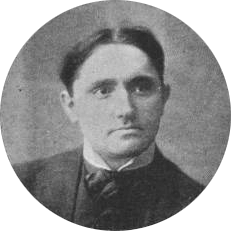
Cyrus Cincinato Cuneo, known as Ciro, was an American-born English visual artist, best known for painting.
Percy Venner Bradshaw, who often signed PVB, was a British illustrator who also created the Press Art School, a correspondence course for drawing.
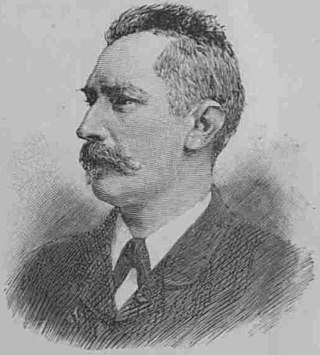
Johann Nepomuk Schönberg was an Austrian artist, war correspondent, war-artist, and illustrator who illustrated many of the wars and disasters of his time.
Claude Allin Shepperson was a British artist, illustrator, and printmaker specializing mainly in social scenes and landscapes.
Edward S. Hodgson was a Scottish artist, etcher, and illustrator who began a career on the sea, but after an injury, switched to art. He is probably best known as the illustrator of 17 boys' adventure books by Percy F. Westerman.

The Quiver (1861–1956) was a weekly magazine published by Cassell's and was "designed for the defence and promotion of biblical truth and the advance of religion in the homes of the people."
Oscar Wilson was an English painter and illustrator who trained in both London and Belgium. He was a painter, illustrator, and joke cartoonist.













